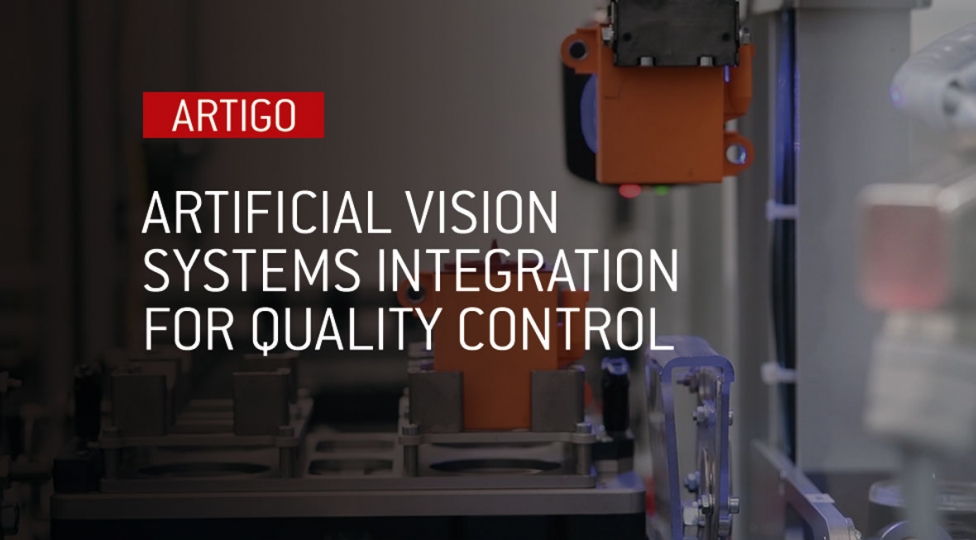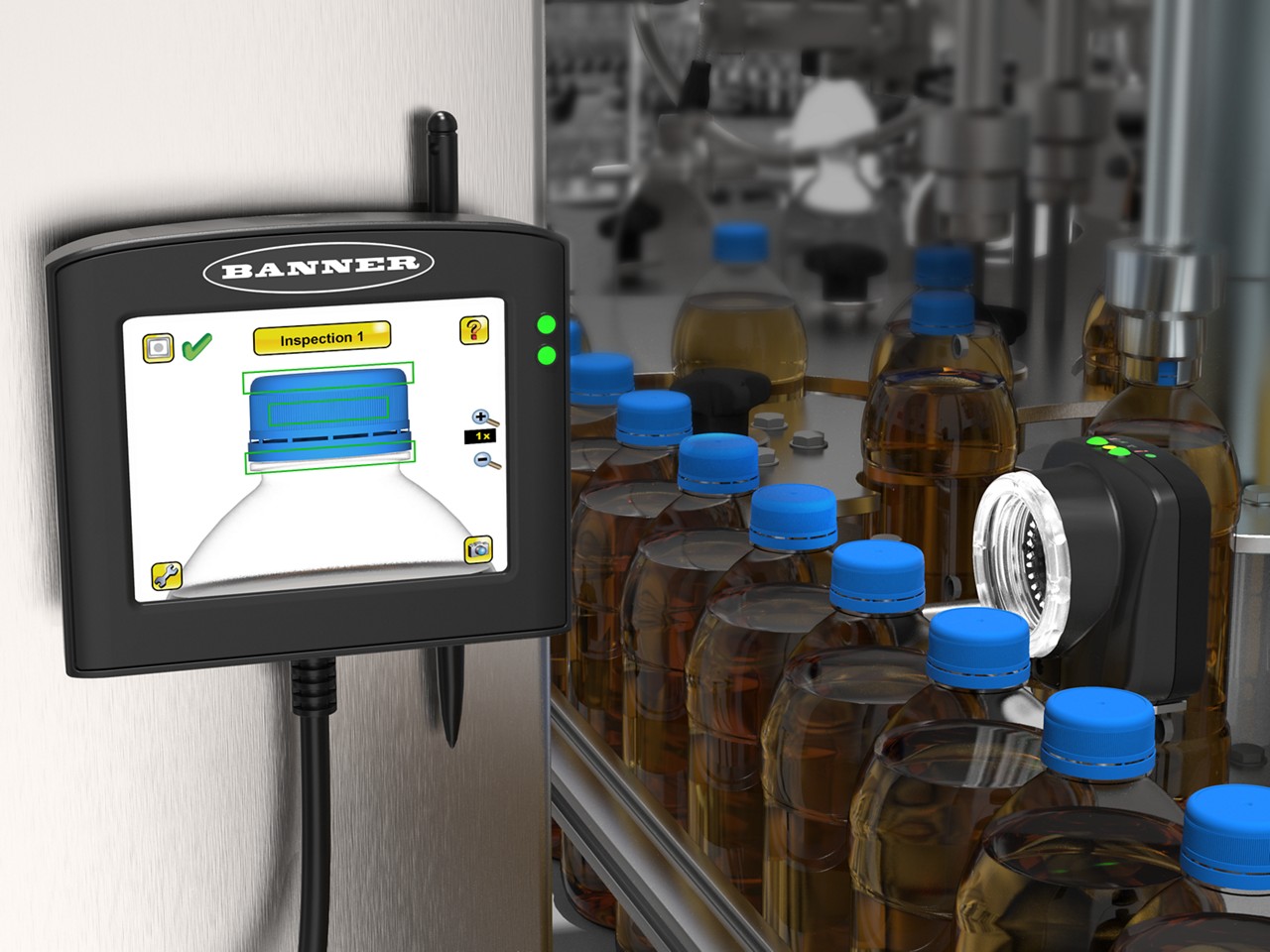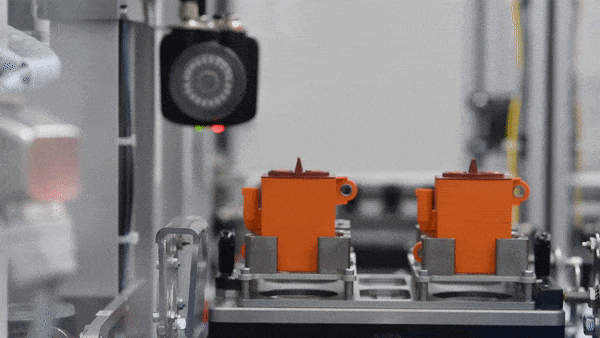
Tens of thousands of automated applications worldwide inspect billions of products every day. We’re certainly talking about thousands of products that simply could not be manufactured without machine vision technology. Whether we talk about the filling levels of soda bottles traveling on a conveyor, reading oil-stained codes on automotive parts or positioning touch screens on smartphones to micron-level accuracy, machine vision technology performs a crucial part on high-speed production lines.
In an industrial environment, we are aware that defects and errors in parts and components can negatively impact downstream processes, production efficiency, and product quality. That’s why it’s so important to invest in a consistent and reliable inspection of parts and components that can help manufacturers identify potential issues early in the manufacturing process. The goal is to minimize lost product and production time, while also saving money.
Challenging Targets and Environments
Automated quality control applications often involve inspecting challenging targets, such as clear and reflective targets, extremely dark targets against a dark background, multicolored targets with many color transitions, and targets moving at high speeds.
Depending on the application, the smallest errors can become critical failures further down the line, making precise inspection a must. In some applications, quality control inspections occur in extremely harsh environments, where sensing technology can be exposed to dust and dirt, high pressure washdown, machine vibration, and more.

Imagem: Banner Engineering
Quality Without Compromising Operations
So at this point, we are aware that quality control is critical. But does quality control compromise your operations and slow them down? Not necessarily! Fast, reliable quality inspections are essential to ensuring consistent throughput without sacrificing quality.
Thanks to advancements in laser measurement technology, sensors can now measure traditionally challenging targets (including clear, reflective, and low contrast targets).
in addition, thanks to dual mode which measures both distance and light intensity, smart laser measurement sensors can reliably inspect both distance-based and contrast-based conditions with a single device, which saves inventory costs.
Furthermore, with IO-Link communication, users can track sensor performance, identify trends in inspection results, and even predict when maintenance is needed so that simple problems like a dirty lens can be fixed prior to sensor failure.
Our solutions
At Selmatron, we design industrial automation systems integrated with artificial vision solutions, which are responsible for process verification and validation phases. We help manufacturers improve the quality of their products while also increasing efficiency to maximize profitability. Thanks to our complete portfolio of solutions for automated quality control, error proofing, and visual inspections, we can match the right technology to meet any application requirements. These systems allow you to detect non-conformities in the production process, validate products at high cadence, and identify parts in feeding systems for robotics applications, among others.
The main benefits for our clients are visible:
• Increased productivity, with faster and more efficient production cycles
• Reduction of non-conformities through process verification
• 100% product validation
• Quality and accuracy assurance
• Traceability
If you are interested in improving your automated quality control processes, even in the most challenging applications, please contact us. Our team is ready and willing to help you with your project!
Font: Banner Engineering

